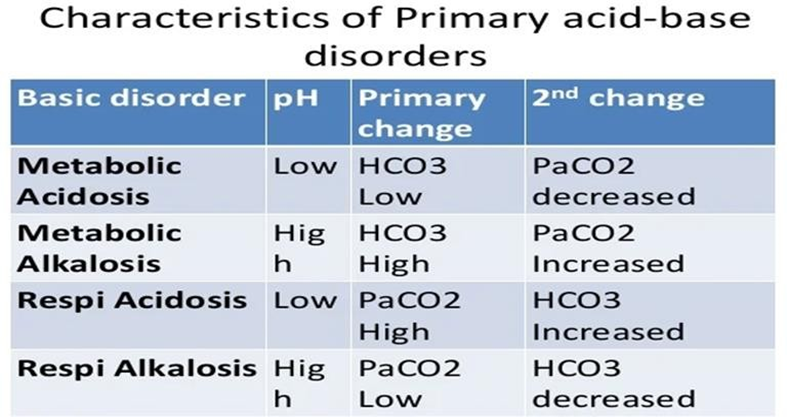The nurse recognizes that the appropriate rationale for using an IV infusion pump for a client is to:
eliminate the hourly assessment of the IV site.
prevent accidental delivery of large amounts of fluids.
control the drip rate based on the position of the client.
administer IV fluids at a rapid rate.
The Correct Answer is B
B. One of the primary functions of an IV infusion pump is to precisely control the rate and volume of fluid delivery, thereby reducing the risk of accidental administration of large amounts of fluids. The pump allows for accurate programming of infusion rates and volume limits, enhancing safety and preventing fluid overload or other complications.
A. Using an IV infusion pump does not eliminate the need for assessing the IV site regularly. Regardless of the infusion method, it is essential to monitor the IV site frequently for signs of complications such as infiltration, phlebitis, or dislodgement. Therefore, this option is not the appropriate rationale for using an IV infusion pump.
C. IV infusion pumps are programmable devices that allow for precise control of the drip rate independent of the client's position. They ensure a consistent and controlled flow rate regardless of changes in the client's position, providing reliable delivery of fluids or medications.
D. While IV infusion pumps can deliver fluids at various rates, including rapid infusion rates when necessary, their primary purpose is not to administer fluids at a rapid rate. Rather, they are designed to deliver fluids or medications at controlled and programmed rates tailored to the client's needs, ensuring safety and accuracy.
Nursing Test Bank
Naxlex Comprehensive Predictor Exams
Related Questions
Correct Answer is C
Explanation
C. Prioritizing essential information and presenting it first can increase the likelihood that the client grasps key concepts and retains important details. By focusing on the most crucial information initially, the client is more likely to understand and remember the core concepts of the teaching session. This approach helps prevent information overload and ensures that the client receives the most critical information upfront, enhancing their learning outcomes.
A. Extreme temperatures, whether too hot or too cold, can be distracting and uncomfortable for the client, potentially detracting from their ability to focus on the teaching session and retain information.
B. Postponing a teaching session if the client appears to be mildly anxious: This strategy acknowledges the importance of addressing the client's emotional state in facilitating effective learning. If a client appears to be mildly anxious or emotionally distressed, it may be beneficial to postpone the teaching session temporarily until the client feels more calm and receptive to learning. Addressing the client's emotional needs and ensuring a supportive environment can enhance their ability to engage in the teaching process and retain information effectively.
D. While some individuals may find listening to music relaxing or enjoyable, it can also serve as a distraction during a teaching session, especially if the music competes with the nurse's instructions or interferes with the client's ability to concentrate.
Correct Answer is D
Explanation
D. In metabolic acidosis, the pH would be low (acidemic) and the HCO3 level would be below the normal range. In the provided ABG results, the pH is low (acidemic) and the HCO3 level is below the normal range, indicating metabolic acidosis.
A. In respiratory alkalosis, the pH would be elevated (alkalotic) and the PaCO2 would be below the normal range (hypocapnia). However, in the provided ABG results, the pH is low (acidemia) rather than high, ruling out respiratory alkalosis.
B. In respiratory acidosis, the pH would be low (acidemic) and the PaCO2 would be above the normal range (hypercapnia). However, in the provided ABG results, the PaCO2 is within the normal range, ruling out respiratory acidosis.
C. In metabolic alkalosis, the pH would be elevated (alkalotic) and the HCO3 level would be above the normal range. However, in the provided ABG results, the pH is low (acidemic) and the HCO3 level is below the normal range, ruling out metabolic alkalosis.

Whether you are a student looking to ace your exams or a practicing nurse seeking to enhance your expertise , our nursing education contents will empower you with the confidence and competence to make a difference in the lives of patients and become a respected leader in the healthcare field.
Visit Naxlex, invest in your future and unlock endless possibilities with our unparalleled nursing education contents today
Report Wrong Answer on the Current Question
Do you disagree with the answer? If yes, what is your expected answer? Explain.
Kindly be descriptive with the issue you are facing.
